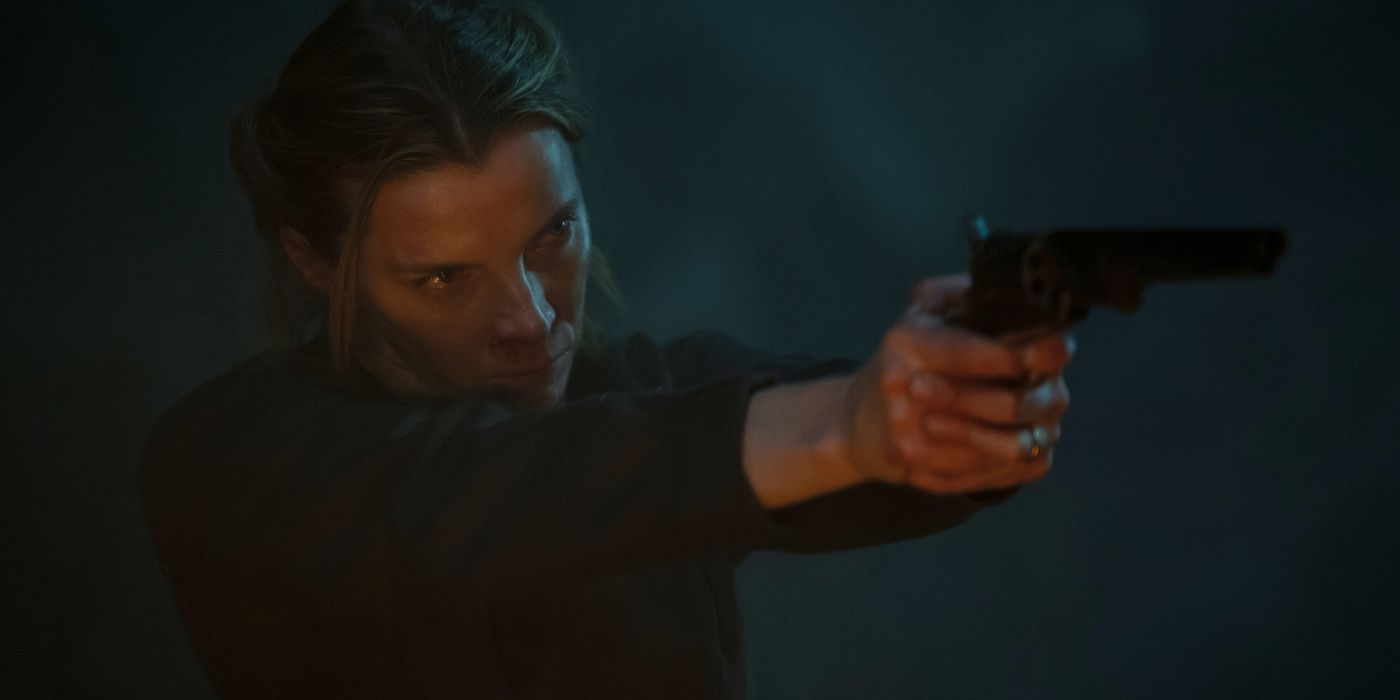
Netflix's "American Primeval": A True Story or a Fictional Western Epic?
Peter Berg’s new Netflix series, American Primeval , has quickly risen to prominence, captivating viewers with its historical storytelling and intense drama. Set in the 1850s Utah Territory, the show dives into the tumultuous conflicts between Mormon settlers, Native American tribes, and the U.S. government. The six-episode series portrays real-life events, such as the infamous Mountain Meadows Massacre, but also incorporates fictional elements. It’s a unique blend of history and imagination, leaving viewers questioning what’s real and what’s a product of creative storytelling.
Berg, who directed and executive produced the series, was inspired by a 2020 article he read about the Utah War and the Mountain Meadows Massacre. This event, in which Mormon militiamen brutally killed over 120 emigrants, serves as a central narrative point in the show. The violence and complexity of this historical moment set the tone for American Primeval .
One of the key elements that sets this series apart is its portrayal of historical figures. Some characters in the show are based on real individuals, while others are entirely fictional. For instance, Jim Bridger, portrayed by Shea Whigham, was a real-life pioneer who played a pivotal role in the region's history. Similarly, Brigham Young, played by Kim Coates, is depicted as the leader of the Mormon Church during the period. These characters’ actions are grounded in historical documentation, which adds authenticity to the drama.
Also Read:- Tragic Landslides in Brazil's Minas Gerais Claim Lives, Devastate Communities
- Just Stop Oil Activists Protest at Charles Darwin’s Grave Over Climate Crisis
However, not all characters are based on real people. The central family in American Primeval — Sara Rowell (Betty Gilpin), Devin Rowell (Preston Mota), and Isaac Reed (Taylor Kitsch) — is entirely fictional. This allowed Berg and the writing team the freedom to craft original storylines, unbound by historical facts. Another fictional character, Winter Bird, is inspired by the life of a real Shoshone chief, yet her story is a creation of the show’s writers.
The show also delves into the Mountain Meadows Massacre, an event that occurred on September 11, 1857. Mormon militia members, fearing the U.S. government’s arrival, massacred a group of emigrants passing through the area. American Primeval brings this moment to life in an unforgettable scene that captures the brutality of the attack. The series takes great care in researching historical events, consulting books and experts to ensure that key events are accurately portrayed.
Another real place featured in the show is Fort Bridger, a fur trading post that played a crucial role in the 1850s. In the series, the fort is depicted as a contested space between the Mormons and the U.S. Army. This historical location is faithfully recreated on set, with massive trees used to build the fort’s walls, immersing viewers in the period’s harsh frontier conditions.
Berg’s commitment to realism in American Primeval went beyond the historical accuracy of the storylines. The production team endured extreme weather conditions, shooting for 137 days in the elements, which contributed to the gritty, visceral feel of the show. The physical discomfort of shooting in such conditions was mirrored in the emotional turmoil the characters experience.
American Primeval is more than just a historical drama; it’s an exploration of the violent and complex nature of human history. It portrays the struggle for survival in a world where alliances shift, and violence often determines fate. The series reflects Berg’s belief that while violence is inherent in humanity, so is the capacity for empathy and peace. Through its vivid storytelling and bold performances, American Primeval offers a striking look at America’s past, intertwining fact and fiction in a way that keeps audiences on the edge of their seats.
Read More:

0 Comments